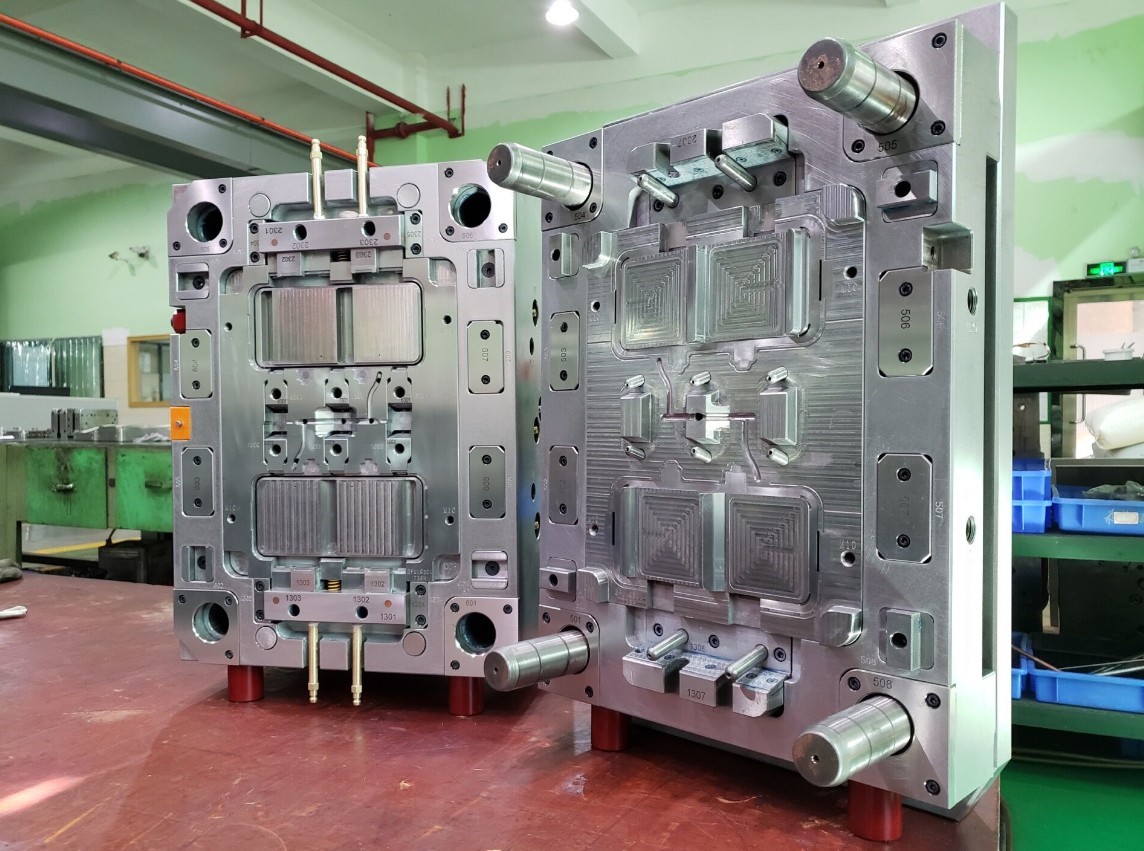Manufacturing sectors are facing mounting pressure to implement environmentally friendly practices in an era where environmental sustainability is a top concern on a worldwide scale. Key participants in the production process, China mould factories are essential in determining the sustainability landscape. We are going to assess the vital role of China mould factory in sustainable manufacturing, emphasizing their creative application of 3D printing technology.

Mould Factories and Sustainable Practices
Due to their role in producing the moulds that shape the innumerable things we use on a daily basis; mould factories are essential to many different sectors. The conventional mould production method uses a lot of materials, and energy, and produces waste. But as sustainability becomes more popular, mould factories are actively looking for methods to reduce their environmental impact.
Using eco-friendly and efficient materials in mould-making is a major step toward attaining sustainability. Recycled and biodegradable materials are being investigated by a number of modern mould manufacturers for use in mould fabrication. Reusing waste not only lowers the need for virgin resources but also contributes towards the circular economy.
3D Printing Transforms Mould Production
3D printing is one of the innovations that is revolutionizing the mould production industry. 3D printing, sometimes referred to as additive manufacturing, has advantages for sustainability and unrivalled versatility. In contrast to conventional mould manufacturing techniques, which include material subtraction, 3D printing constructs products layer by layer while reducing waste and maximizing material utilization.
3D printing makes it possible to precisely create complicated and detailed designs for mould fabrication. A significant amount of material is wasted throughout the several phases involved in traditional mould-making procedures, which range from machining to finishing. This procedure is streamlined by 3D printing, which results in moulds that need less energy and material waste.
Benefits of 3D Printed Moulds for Sustainability
Reduced Material Waste:
Mould companies can now build complicated patterns without wasting extra material thanks to 3D printing. This contributes to a more sustainable production process by minimizing waste and enabling the optimization of material consumption.
Energy Efficiency:
The substantial machining involved in traditional mould production procedures can be energy-intensive. However, because 3D printing uses just the energy required for the printing process, it is naturally more energy-efficient.
Customization and Iteration:
Mould companies are able to rapidly develop and refine ideas thanks to 3D printing. This agility saves money by reducing the need for several iterations using conventional approaches and by speeding up the product development cycle.
Embracing a Greener Future
The use of 3D printing stands out as a shining example of innovation as mould companies continue to embrace sustainable techniques. A more sustainable production environment is facilitated by the integration of cutting-edge printing technology with environmentally friendly materials. Mould factories are essential to creating a more environmentally friendly manufacturing sector since they minimize waste, maximize material use, and implement energy-efficient procedures.
It is impossible to exaggerate the importance of China mould factories in sustainable manufacturing. The use of 3D printing technology signifies a paradigm change toward innovative, productive, and environmentally responsible production techniques. mould companies' dedication to sustainability will surely have a long-lasting effect on the world of manufacturing as they develop further.